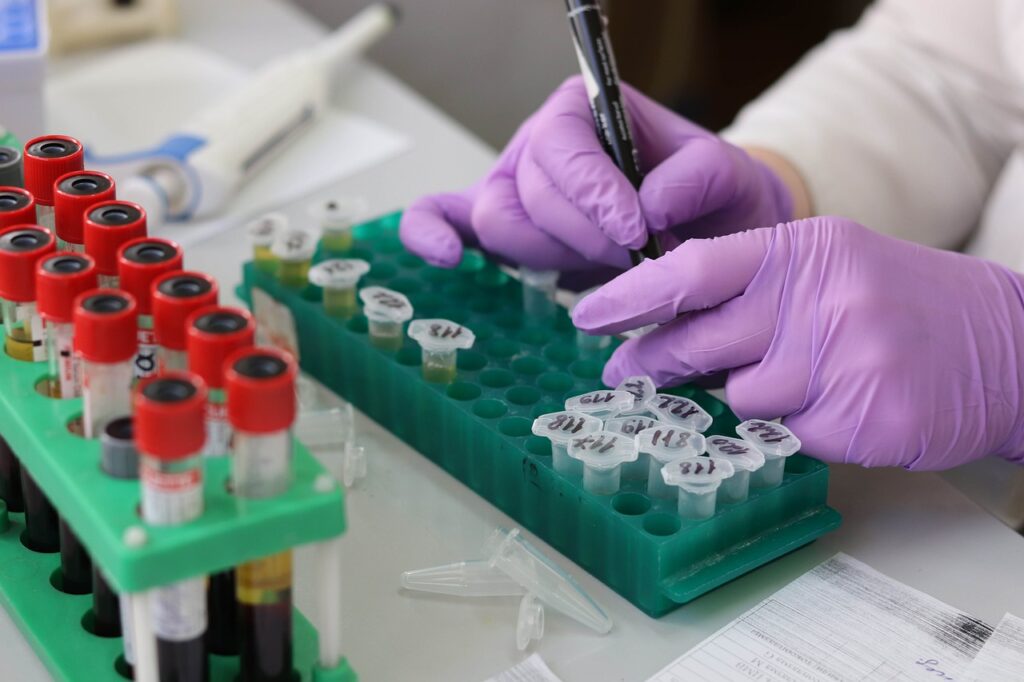John Hopkins University: Indoor Air Quality In Schools Now Considered Vital To Prevent Sickness
Countless elementary schools and high schools around the country do not have good indoor air ventilation. And since the EPA recently revealed that indoor air quality is up to 4x worse in quality than outdoor air, this is a serious health problem that most administrators don’t consider. Especially now amidst a COVID 19 world and heading into what is predicted to be a harsh flu season, indoor air quality is a growing concern that must be addressed in learning environments.
John Hopkins University recently posted about IAQ guidance and provided these helpful tips for schools to improve their indoor air quality:
- Use funding provided by the American Rescue Plan to improve school ventilation and upgrade air filtration, so that the heating, ventilation, and air conditioning system can bring in as much outdoor air as it will safely allow
- Purchase or build HEPA air filtration units to be placed in classrooms and commonly occupied spaces. AIRBOX brand ductless air purifiers use certified HEPA filters to remove 99.99% of airborne particles from large classrooms, lobbies, and locker rooms.
- Use only proven technologies for improving indoor air quality: appropriate ventilation, filtration, or ultraviolet germicidal irradiation
- NOT USE unproven technologies such as ozone generators, ionization, plasma, and air disinfection with chemical foggers and sprays

How Poor Indoor Air Quality Affects Students And Teachers
Poor indoor air quality can wreak havoc on students, staff, and administrators. Apart from just stuffy conditions and unpleasant odors, airborne particles can also contain thousands of pathogens, mold spores, bacteria, and VOCs (volatile organic compounds) that can cause a slew of negative health effects on students and staff.
Some of these effects can include:
- Fatigue and dizziness
- Contagion from spread of airborne particles
- Coughing
- Reduced immune system function
- Itchy eyes
- Heavy breathing
- Poor mental focus
- Anxiety and stress

Another entity that takes indoor air quality in schools seriously is the CDC (Center For Disease Control and Prevention) which has provided continued guidance for safe learning in schools. They recommend a multifaceted approach with various mitigation measures in place including social distancing, effective handwashing, masks, contact tracing, and cleaning and maintenance of facilities. Recently, indoor air quality has been considered an equally important factor to add to this list.
On May 7, 2021, the CDC highlighted the important role of COVID 19 aerosol transmission in the pandemic:
- Inhalation of tiny, fine droplets and aerosol particles through the air that contain infectious viruses. Risk of transmission increases greatly within 3 to 6 feet of an infectious source where the concentration of droplets and particles is at the highest point. Certified HEPA filters found in AIRBOX purifiers are able to capture particles this small (down to .3 and .1 microns)
- Virus can also be carried in exhaled droplets and particles and land on exposed mucous membranes (such as being coughed on). Risk of transmission is of course highest when close to the infectious source. Masks are a good countermeasure, but indoor air filtration can also prove to be a valuable addition to prevention
- Virus can also spread from person to person from touching mucous membranes using hands contaminated by viral fluids or from touching surfaces contaminated with virus

Indoor Air Quality In Schools During Flu Season
Along with John Hopkins, the CDC also considers air purification to be an essential part of infection mitigation during the upcoming flu season. The 2022-2023 flu season is expected to be one of the worst seasons in recent years, primarily due to the lack of exposure to the virus among the outbreak of COVID 19. Because most people took extra precautions to sanitize and stay indoors, there hasn’t been enough exposure to previous viruses to help build up immunity to the next.
Usually, we look to Australia to predict how bad the upcoming flu season will be in the United States, since they experience their flu season several months earlier than we do. This year, Australia had a particularly bad flu season, with almost 3x as many cases as previous years.
Similar to COVID 19, influenza can be spread through aerosol droplets, and poor air ventilation and filtration can make transmission significantly more likely among students in close proximity. Using AIRBOX anti-microbial and certified HEPA filters can be a highly effective solution to reduce airborne particles and help keep schools safer for staff and students.